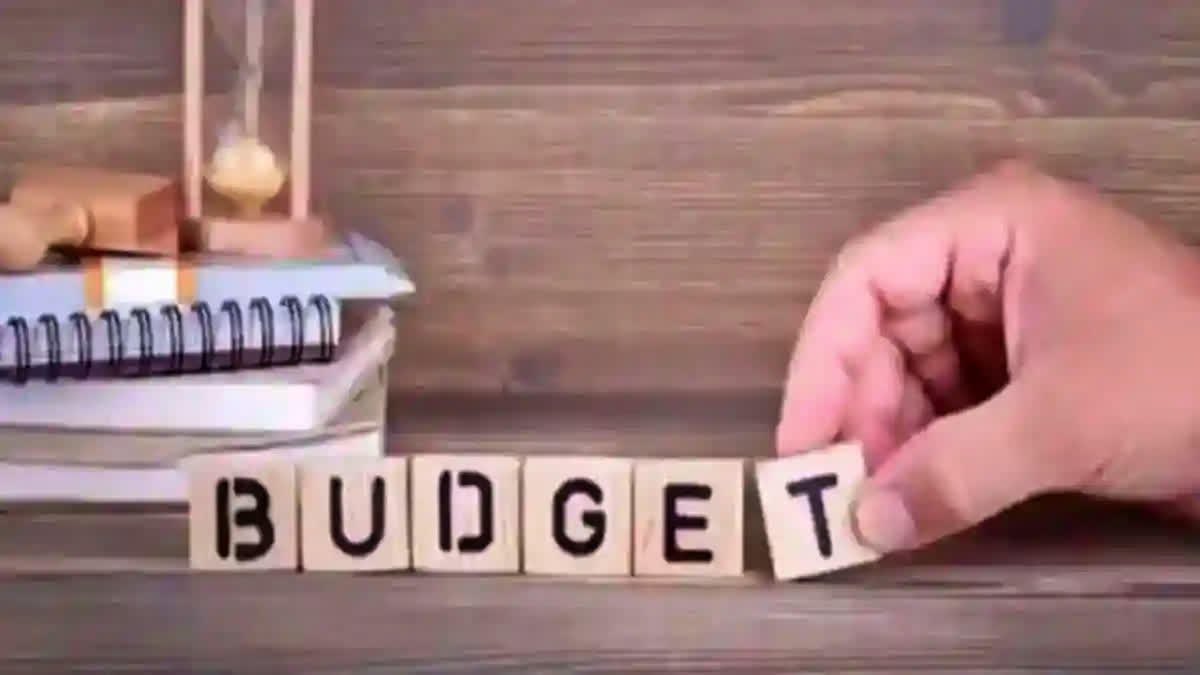New Delhi:Usually, the finance minister’s tax proposals, welfare schemes and allocation for different sectors such as road and transport, health, education, women and child development, as highlighted in the budget speech, draw the maximum attention but policymakers and economists also look at some numbers that clearly reflect the health of Union government finances but often do not receive that much attention.
One of these crucial numbers is the total debt of the Union Government and its interest payment liabilities which form the part of Annual Financial Statement (AFS), which is the constitutional term for the Union Budget under Article 112 of the Constitution of India.
Public Debt of India
While the major head number 6001 in the Annual Financial Statement (AFS) gives the details of the total internal debt of the Central government, major head number 6002 gives the details of the external debt of the Central government. Both of these together form the details of public debt, a debt that the people of India owe to lenders and which is guaranteed for repayment as per the sovereign guarantee of the Government of India.
Sometimes, some economists and policymakers also include the debt of the state governments as well to arrive at the figure of public debt, the total money owed by the people of India but the public debt in the budget documents only deals with the details of internal and external loans and advances taken by the Central government which form the part of Annual Financial Statement (AFS) presented to the Lok Sabha under Article 112 of the Constitution.
As per the information given in the budget documents, the Central government had an internal debt of over Rs 81.62 lakh crore in the FY 2021-22 (actual), which increased to over Rs 88.8 lakh crore in the FY 2022-23 as per the revised estimates and for the current financial year, it is expected to increase to over 105 lakh crore as per the budget estimates for the current financial year, which is a record.
However, the external debt of the Central government was over Rs 86,000 crore in FY 2021-22 (actual) which is expected to marginally decline to in the range of around Rs 85,000 crore in FY 2022-23 and FY 2023-24.
The total internal and external debt (public debt) of the Union government was around Rs 82.5 lakh crore in the FY 2021-22 (actual), which increased to nearly Rs 90 lakh crore in the FY 2022-23 (revised estimates) and is expected to go up to over Rs 106 lakh crore in the current financial year.
